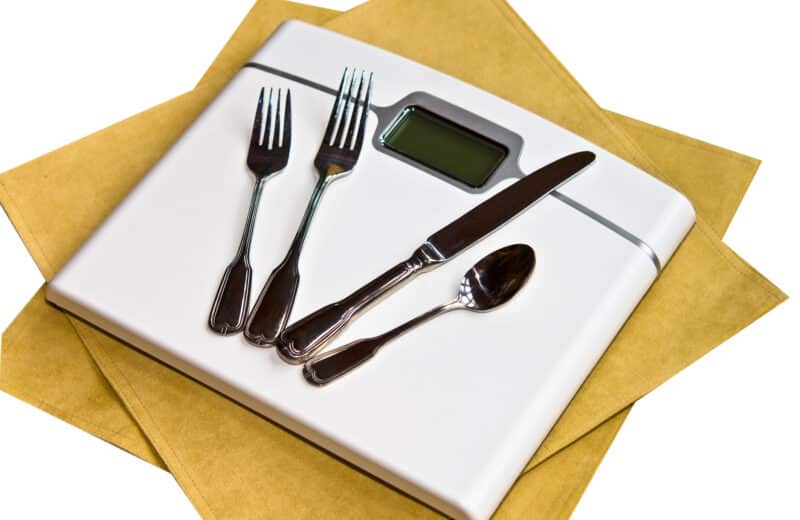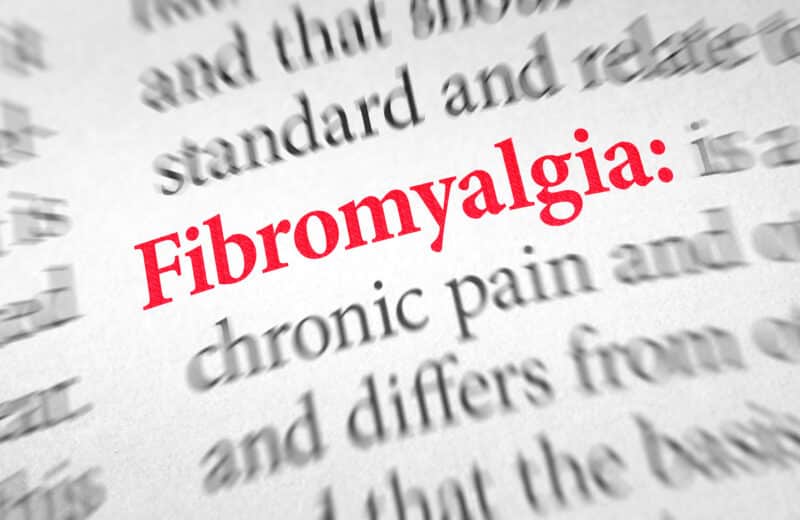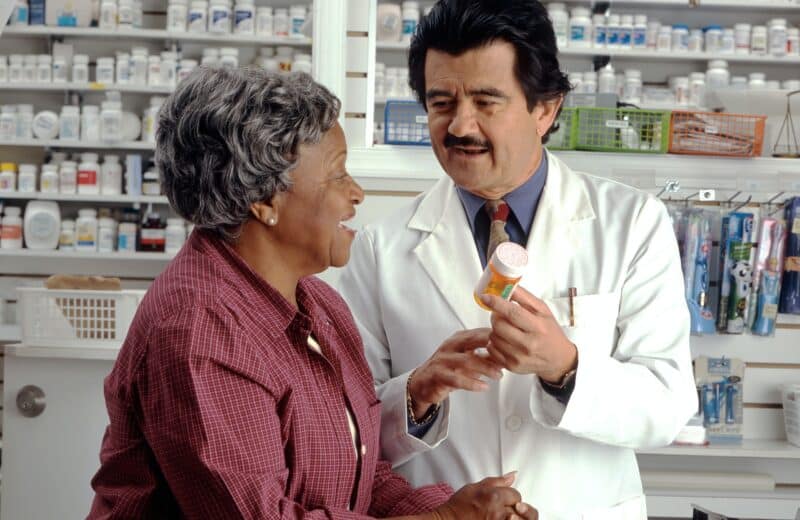Environmental Nutrition
By Marsha McCulloch, M.S., R.D., Environmental Nutrition Newsletter
Your odds of diverticulosis increase with age — it affects more than 60 percent of people over age 70. In this condition, small pouches called diverticula form in weak spots in the wall of the large intestine (colon). Why this happens is unclear, but it’s partly hereditary.
“Most people aren’t aware they have diverticulosis unless they undergo a colonoscopy or they develop a complication, such as diverticulitis, in which the pouches become inflamed, accompanied by symptoms such as sudden abdominal pain (usually on your left side), fever, and nausea,” says Lisa Strate, M.D., M.P.H., a gastroenterologist and an associate professor of medicine at the University of Washington in Seattle.
Once you’ve had an attack of diverticulitis, you are at greater risk of another episode. “A less common complication is diverticular bleeding, in which a blood vessel next to a pouch bursts, and the person loses a lot of blood in their stool,” Strate says. Such complications are called diverticular disease.
The good news? “Less than 5 percent of people with diverticulosis will ever experience complications,” Strate says. “A lot of things we do to promote good health also appear to be helpful for preventing diverticular disease.”
Does fiber help?
“It used to be thought that diverticulosis was primarily due to the cumulative effects of eating a low fiber diet and constipation,” Strate says. “However, two recent, well-done studies (published in 2013 in Clinical Gastroenterology and Hepatology and in 2012 in Gastroenterology) suggest that’s not the case. Scientists looked at diverticulosis prevalence and diet in large groups of people and failed to find a link with low fiber intake or constipation.”
Despite this, there’s some evidence a high fiber diet may help protect against diverticular complications, if not diverticulosis itself. The American Gastroenterological Association (AGA) recommends a fiber-rich diet for people with a history of acute diverticulitis. Additionally, a fiber-rich eating plan is important for general good health, including heart disease and cancer prevention.
Nuts, seeds and popcorn
For decades, it was thought nuts, seeds, and popcorn might lodge in diverticula, and patients with diverticulosis were advised to avoid these foods. In 2008, Strate and colleagues published a study in the Journal of the American Medical Association that involved 50,000 men who were followed for about 20 years. Men who ate more nuts and popcorn were less likely to develop diverticular complications than those who ate very little of these foods. In its 2015 guidelines, the AGA does not recommend people with a history of diverticulitis automatically exclude nuts, seeds and popcorn.
Body weight and activity
“Maintaining a healthy weight and exercising regularly — especially vigorous physical activity, such as jogging — may help reduce risk of diverticulitis,” Strate says. “Individuals with a body mass index (BMI) at or above 30, which is considered obese, are at a higher risk of diverticular disease.” Extra fat in the abdominal area triggers the body to produce inflammatory compounds, such as those found in diverticulitis.
Pain relievers
“Several studies have linked nonsteroidal anti-inflammatory drugs (NSAIDS), such as ibuprofen, to greater risk of diverticulitis,” Strate says. The AGA suggests people with a history of diverticulitis avoid non-aspirin NSAIDS, if possible. “Current recommendations do not advise people to stop aspirin, which they may be taking to protect their cardiovascular system. Increased risk of diverticulitis from aspirin is lower than with NSAIDS.”
Vitamins and supplements
Strate coauthored two recent human studies related to vitamin D and diverticulitis risk. Results of both studies suggest having adequate vitamin D levels might help reduce risk of diverticulitis. Your doctor can test your blood levels of vitamin D. Top food sources of vitamin D include salmon, fortified milk and eggs.
A 2014 study published in the International Journal of Colorectal Disease reported that diverticulosis patients taking 300 milligrams daily of supplemental butyrate — a type of fat that nourishes colon cells — for 12 months had a reduced incidence of diverticulitis compared to those given a placebo (7 percent versus 32 percent, respectively). This evidence is preliminary, so supplemental butyrate isn’t a standard recommendation for diverticulitis prevention, although it could be tried with your doctor’s guidance. BodyBio Cal-Mag Butyrate and Ecological Formulas Butyric Acid are two brands consumers can buy.
Probiotic supplements have received little study in diverticulosis, and the AGA doesn’t include probiotics in its recommendations for reducing recurrence of diverticular complications. However, they may support gut health in general.
(Reprinted with permission from Environmental Nutrition, a monthly publication of Belvoir Media Group, LLC. 800-829-5384. www.EnvironmentalNutrition.com.)













